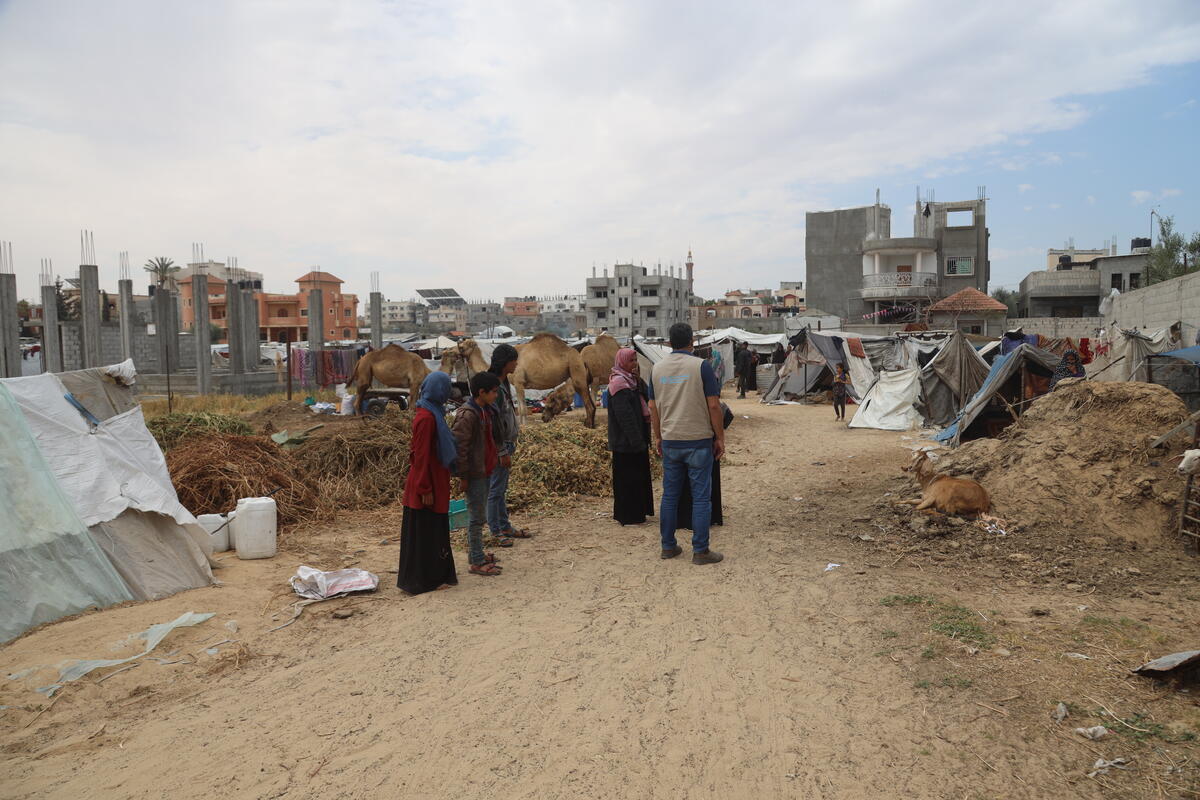When you hear about someone dying from flu, or flu-related illness, in most cases they’ve died from sepsis.
The Chair of Queensland’s Statewide Sepsis Steering Committee, Professor Bala Venkatesh said sepsis killed more adults across Queensland than breast, prostate and colorectal cancer combined, and more than road traffic accidents.
“Queensland Hospitals treated more than 20,000 people for sepsis in 2017-18 and more than 2,000 died from the disease,” Professor Venkatesh said.
“Sepsis is a life-threatening illness which occurs when the body’s own response to an infection damages its tissues and organs.
“It is a medical emergency and needs immediate treatment. The sooner treatment starts, the better the outcomes are likely to be.
“Sepsis can result in death, or permanent disability from amputations, or brain damage.”
Queensland is the first jurisdiction in Australia to launch a public sepsis awareness campaign.
Sepsis can be difficult to diagnose as symptoms can easily be confused with those of common illnesses such as gastroenteritis or the flu.
Professor Venkatesh said 2018 sepsis admissions in Queensland public hospitals showed an 18 percent increase over 2016 admissions.
Symptoms of sepsis can vary, which is why it’s vital to know what to look out for and when to seek help.
“It is important to recognise when an infection could be progressing to a more severe illness,” he said.
“Make it a priority to know the signs of sepsis.
“If in doubt, ask a medical professional: Could this be sepsis?”
Signs and symptoms of sepsis:
Adults should seek urgent medical advice if they have any one of the following symptoms:rapid breathing;
- a rapid heart rate;
- confusion, slurred speech or disorientation;
- not passing much (or any) urine;
- a rash, or skin that is discoloured, clammy or sweaty.
If you think it could be sepsis, don’t wait – seek urgent medical advice by calling 000 or presenting to a hospital emergency department and ask: Could this be sepsis?
Children – Sepsis can progress more rapidly in young children and infants. Call 000, or present to a hospital emergency department and ask Could this be sepsis? if your child shows any one of the following:
- convulsions or fits
- is difficult to rouse/floppy
- has rapid and laboured breathing
- has discoloured skin, is very pale or bluish
- has a rash that doesn’t fade when you press it
- has unexplained pain or is very restless
- is sick and is not passing urine (or no wet nappy) for several hours.
Public hospital admissions for sepsis in adults and children: |
|---|
Hospital and Health Service | 2016 | 2017 | 2018 |
Cairns and Hinterland | 1,247 | 1,387 | 1,408 |
Central Queensland | 820 | 854 | 1,015 |
Central West | 30 | 28 | 54 |
Children’s Health Queensland | 436 | 342 | 352 |
Darling Downs | 855 | 1,063 | 1,297 |
Gold Coast | 1,292 | 1,700 | 1,877 |
Mackay | 598 | 801 | 815 |
Mater Public Hospitals | 724 | 727 | 775 |
Metro North | 3,441 | 3,749 | 3,881 |
Metro South | 3,173 | 3,399 | 3,560 |
North West | 155 | 205 | 228 |
South West | 51 | 58 | 79 |
Sunshine Coast | 1,411 | 1,581 | 1,636 |
Torres and Cape | 81 | 79 | 128 |
Townsville | 1,280 | 1,303 | 1,211 |
West Moreton | 1,093 | 1,154 | 1,230 |
Wide Bay | 988 | 1,086 | 1,314 |
Queensland | 17,675 | 19,516 | 20,860 |







